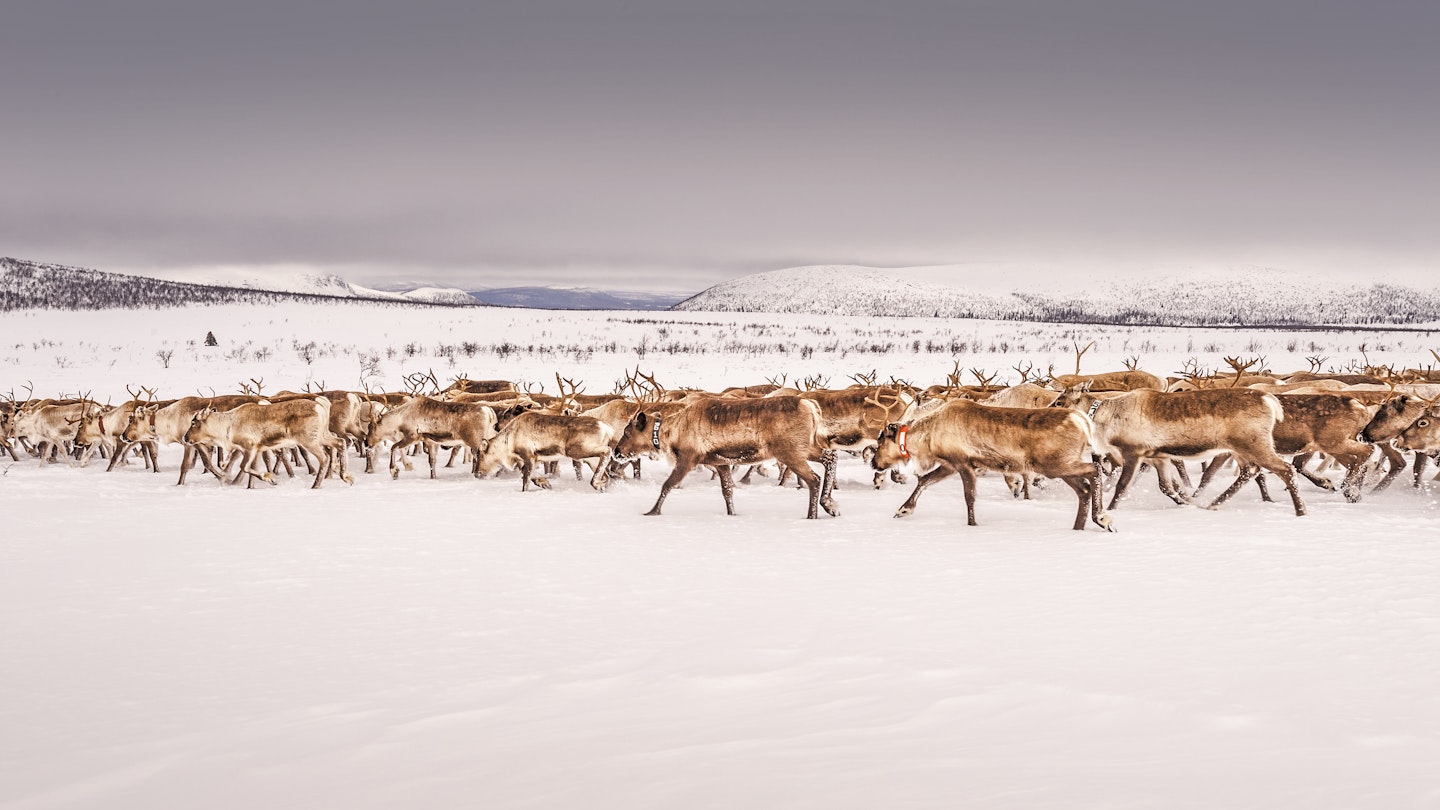Rewilding Europe’s Natural Ecosystems
Once upon a time, everyone had a wilderness on their doorstep, but as the world industrialized, wildlife was pushed to the fringes, resulting in a loss of connection to the natural world. However, the rewilding movement is working to reverse this trend by restoring degraded ecosystems, allowing nature to reclaim its space.
The rewilding initiative is particularly strong in Europe, where species such as bison, beavers, and wolves are returning to areas they once inhabited. Below, we explore some of the continent’s most exciting rewilding sites, where travelers can rediscover the enchanting spirit of nature.
Birdlife in Knepp, England

Knepp was once an intensive farm devoid of wildlife, but its owners adopted a radical approach: doing nothing. By allowing wildlife to reclaim the land, this savannah-like estate in West Sussex has become a hotbed of biodiversity, supporting species like the turtle dove, nightingale, and cuckoo. While it remains a working farm with free-roaming cows and pigs, it is now better known for its wildlife safaris and glamping experiences.
Beavers in the River Tay, Scotland

The return of the beaver to Scotland sparked controversy, primarily due to concerns from farmers about their impact. However, scientists believe their presence in the River Tay has benefited biodiversity and has even helped in managing flooding. Besides their ecological role, beavers have opened up new avenues for tourism, including canoe safaris and walking tours that allow visitors to spot kingfishers, red squirrels, and otters.
Iberian Lynx and Wolves in the Coa Valley, Portugal
Rural depopulation has created opportunities for rewilding in Portugal’s Coa Valley. As agriculture retreats, conservationists have reintroduced native grazers like roe deer, bulls, and horses to restore landscapes and create habitats for species like the Iberian lynx and Iberian wolf. This has led to a growth in nature-based tourism in the region, enhanced by African-style camps for tourists wishing to observe the area’s wildlife.
Community Collaboration in Lappland, Sweden

Swedish Lappland, often referred to as “Europe’s Alaska”, is known for its stunning glaciers, Sami reindeer herders, and wild wolves. Ongoing rewilding projects aim to restore rivers and protect forests from mining, collaborating with Sami communities to offer wildlife-watching safaris and eco-camping opportunities.
Bison in the Carpathian Mountains, Romania
The successful reintroduction of bison into Romania’s Carpathian Mountains marks a significant achievement for conservation efforts. More than 100 bison now roam the region, fostering biodiversity by positively impacting the local ecosystem and boosting bison-related tourism. Visitors can also expect to spot wolves, lynx, and bears during their adventures.
Vultures, Wolves, and More in the Rodopi Mountains, Bulgaria

In Bulgaria’s Rodopi Mountains, one of the flagship projects focuses on reintroducing red deer and fallow deer to support the region’s European vultures, wolves, jackals, and brown bears. The restoration of forests and steppes aims to enrich the landscape, offering recreational opportunities such as hiking, wildlife watching, and skiing.
Revitalized Lake District in Lusatia, Germany
Once notorious for its coal industry, Lusatia’s former coal pits are being transformed into Europe’s largest artificial lake district. Many lakes are reserved for recreation, while others serve to reclaim nature. This remarkable transition signifies humanity’s difficult but essential move towards a zero-carbon future, illustrated by the howling wolves that can now be heard from the old pits.





